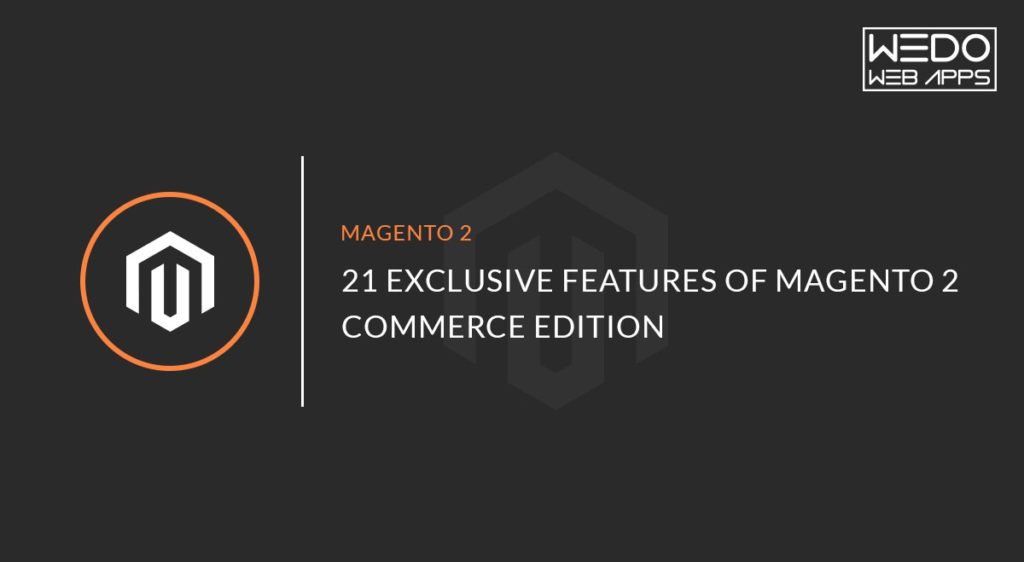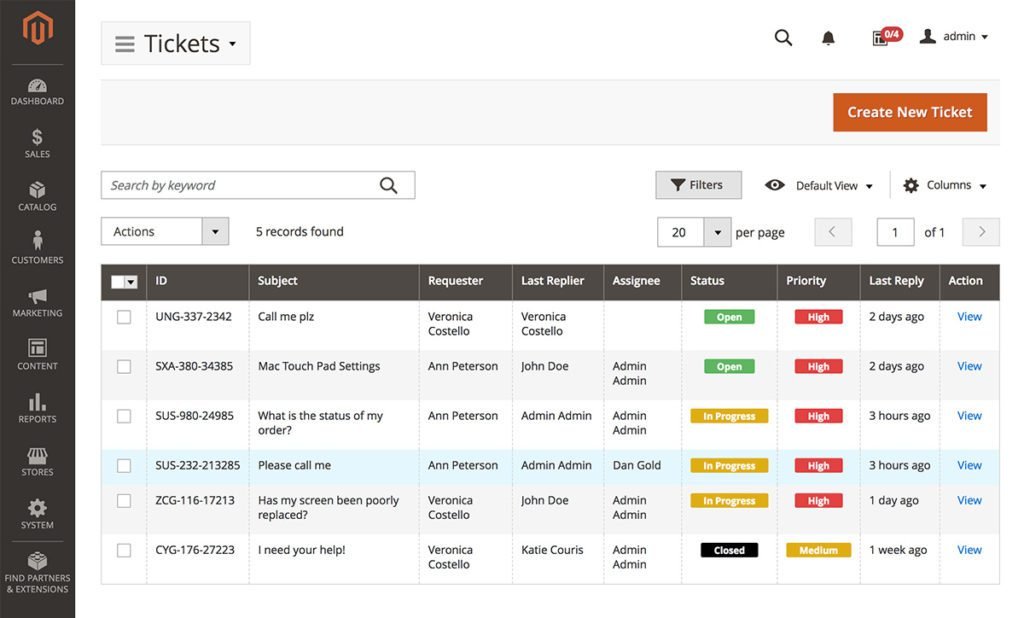10 Mar, 2023 | Magento development
21 Exclusive Features of Magento 2 Commerce Edition

Difference Between Adobe Commerce Edition (previously Magento) and Magento Community Edition
This is one of the most frequently asked queries regarding Magento cloud. Of course, owners of businesses are perfectly normal to want to fully comprehend the investment in Magento's business offering. To answer the question of the difference between the two versions of the eCommerce platforms, Magento 2 Commerce and Magento community edition Open Source are as follows. The "free" version of the Magento platform is Magento Open Source. It comes with several handy features. On the other hand, Magento 2 Cloud Edition, the paid version of Magento 2, has several impressive features to offer, along with the best of Magento Open Source. And it provides technical support. Therefore, investing in Magento Migration towards the Magento 2 Commerce edition will not be a decision to regret later! But how can businesses anticipate, and how might they take advantage of the new capabilities of the Magento platform? Here are some exclusive features and their roles below in helping you understand what you will work with.21 Exclusive Features of Magento 2 Commerce Edition
-
Permission to access categories
-
Credit cards
-
Advanced Search in the Catalog

-
Banners in eCommerce Website Design
-
Staging The Content
-
Page Structure
-
Segments of Customers
-
Reminders By Email
-
Register of Gifts

-
Google Tag Manager
-
Private Sales And Events
-
Products That Are Related To Rules

-
Loyalty and Rewards
-
Merchandiser of Visuals
-
Log of Admin Actions
-
Manager of Customer Attributes

-
An Assistant For Shopping
-
Credit From The eCommerce Store
-
Markets Without Heads
-
B2B Functions
- Manage Quotes And Company Accounts.
- Allow numerous customers per business.
- Accept account payments.
- Bespoke Catalogs
- Facilitate quick ordering.
- Make lists of requests.
- Reorder items from earlier orders.
- On the dashboard, access B2B reports.
-
Management of Inventory And Orders
Conclusion
There is a reason why Magento is one of the world's leading e-commerce platforms. It constantly strives to improve its offerings and does not rest on its laurels. There are many good reasons to choose Magento 2 Commerce Edition as your digital commerce platform right now, as Magento is helping to shape the future of e-commerce stores. Large companies offering all services in one location are looking for solutions. And that's precisely what some eCommerce platforms like Magento 2 Commerce are doing. Partner with wedowebapps.com if you need help with Magento migration.Frequently Asked Questions
The top features of Magento 2 Commerce Edition are as follows:
- Advanced search in the catalog
- Advanced shopping assistance
- Less advertised price
- Private sales and events
- Register of gifts
Magento 2 Commerce Edition is much more than the paid version of Magento Open Source. Although both versions are built on the same code stack, the former is used by large companies.
Generally, Magento 2 has three modes of operation: default, developer, and production. Amongst the three, the production mode is the fastest one.
Headless eCommerce refers to an architecture of eCommerce websites where the front end is decoupled from the back end. That said, without interrupting the back-end of a website built on the eCommerce platform, the front-end can be edited. Magento platform

